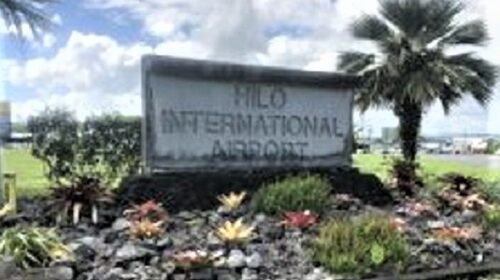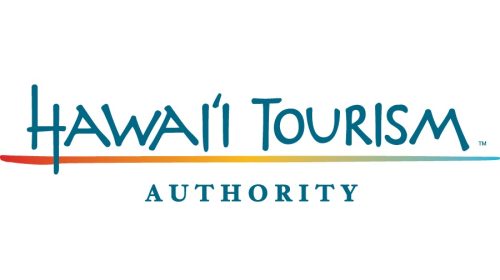Hawaii Neighbor Islands Poised to Lead the Climb Out of COVID-19 Effects
It is a high bar to overcome, with new cases of COVID-19 being reported daily through-out Hawaii. For the City and County of Honolulu and its 1,000,000 residents living in relatively dense urban communities, the challenge to reach this threshold is significantly greater than the other three less populated, neighbor-island counties.
Thus Kauai, Maui and Hawaii County could, in fact, lead the way in terms of both protecting health and restarting the economy. Oahu, of course, will also get to the same place, but primarily because of the larger population, it will likely take longer to do so.
Step one for all islands is to eliminate the spread of the virus. Thankfully, the flow of incoming travelers has slowed to a trickle and police are increasing enforcement of the 14-day quarantine. We need to take the next step and basically lock our islands down.
If we show the discipline and commitment needed, we can, in fact, stop the virus. But we must do better and avoid going out, period. Running errands because we are bored, is not acceptable – we must only go out when it’s absolutely required – as in urgent.
So first we aim for zero. No new cases of COVID-19 are the goal. In order to even start a gradual reopening of businesses, we must slow the spread and reverse the trend.
To get to zero and stay there we must also further tighten requirements for all incoming travel. With the coming availability of the FDA approved Abbott laboratories “15 minute test”, every incoming traveler regardless of their point of origin should be tested (either prior to their point of origin departure or upon arrival). This is the same test taken by President Trump and the same test currently being deployed widely in Detroit Michigan.
With an approximate population of fewer than 75,000 people on Kauai, 160,000 on Maui and just over 200,000 on the Big Island of Hawaii – and with increasing testing capacity, soon we should be able to test virtually 100% of neighbor-island residents. Oahu, with a population of about 1,000,000 people, represents a much greater logistical challenge.
Think about it. When any island can get to zero spread (or statistically as close to zero as is possible), and testing of travelers is mandated, then all businesses on that island can reopen and residents can go back to hugging, high-fiving and shaking hands with family, friends, and neighbors.
That island or islands then becomes the most valuable visitor destination on the planet that people cannot come to unless they first “test negative”.
According to a report recently released by the University of Hawaii Economic Research Office (UHERO):
“Tourism could resume quickly if two necessary conditions are met: (1) Potential tourists perceive Hawaii to be a safe place to visit and (2) Hawaii residents can be assured tourists are free of the coronavirus.
The first condition could be satisfied sometime this summer if Hawaii builds on its already considerable achievements by moving ahead with the testing, contact tracing, isolation, and mask policies recommended in this report.
The second condition could also be satisfied this summer if rapid antigen and antibody tests become readily available to people wanting to vacation in Hawaii. Travelers will take a rapid antigen test within a day of boarding their flight to confirm that they do not carry the coronavirus. A second antigen test might be required in Hawaii within a day of the passenger’s flight home…Abbott Labs is currently rolling out an antigen test that provides results within 5-15 minutes…It is possible, but far from certain, that Hawaii will become particularly attractive as a vacation destination later this year if it is one of the first global visitor destinations to have its epidemic under control.” Read the entire UHERO Report.
The UHERO report is important reading and focuses on the entire state of Hawaii. The reality though is that the neighbor-islands have the ability to reopen their economies independently of Oahu and each other. With a population of only 75,000 people, a Mayor who has been particularly assertive in enforcing the “stay at home” orders, and the potential introduction of “15 minute” airport testing – Kauai County is in a unique position to lead.
Each island community can and must pull together to make this happen. As hard as it is, we must continue to stay home. Our government leaders must work together with the medical community and with the airline and travel industry to make this happen, sooner and not later.
Mahalo to Tim Brown (EWC epidemiologist) Sumner La Croix (Ph.D. Economics) for the UHERO report, and to Kauai resident Steve Lauryn for bringing the entire discussion to my attention.




